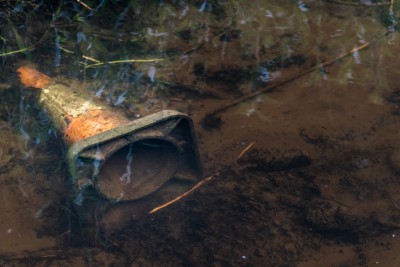What are Oil and Water Separators?
Here at RMS Waste, we specialise in offering waste disposal and drain services. As part of our range of products and services, we offer oil and water separators. Today we are going to focus on what oil and water separators are exactly. We will cover why you might want to separate oil and water, how this product works to do so, and what types of separators there are. Whilst oil and water have a gravitational difference that means oil tends to float to the top of the surface of water, due to the nature of wastewater, which is suffused with a multitude of contaminants, smaller droplets can be more difficult to separate, though gravity still plays a role in the process of the separation we are going to discuss.
Why Should You Separate Oil and Water?
Not separating oil and water could lead to an environmental hazard. The oil that you find in wastewater is not only regular cooking oil and grease from kitchen drains, but also potentially petroleum and other harmful substances. These can pose a threat to ecological systems and cause harm to wildlife and animals, as well as humans. Although we may have seen the ill-effects of oil spills in the media, more commonly, oil can clog pipes, pollute the environment, and contaminate the water course.
How Does an Oil and Water Separator Work?
Oil and water separators work first by the wastewater travelling across a series of plates, after having been filtered of the biggest solids. This process separates oil, water and sludge into three different areas. The heavy sludges and solids fall to the bottom, whilst the oil particles are collected in a way that allows it to rise to the top of the water. As the stacked plates are usually situated on an incline, this forces the oil upwards, where it can coalesce and create larger particles. This means that both the oil and sludge can be removed from the wastewater, which then continues for further filtration.
What Types of Separators are Available?
The most popular kind of oil and water separator in the UK is the parallel plate separator. This type of separator offers an increased surface area for the oil droplets to form larger globules. This kind of separator also needs less space than conventional designs whilst producing the same level of separation. Furthermore, you can install these above or below the ground. Whilst installing them below the ground means that less space is taken up, it can be more difficult to find leaks, and any necessary cleaning will be harder as it is underground. Installations above ground level are therefore easier to maintain and any leaks can be attended to faster.
Contact Us
For more information about oil and water separators, please get in touch with us using our online contact form, or via email at [email protected]. Alternatively, you can all us on 01489 893921 to speak to a member of our team directly. We will pleased to answer any queries you may have for us.


